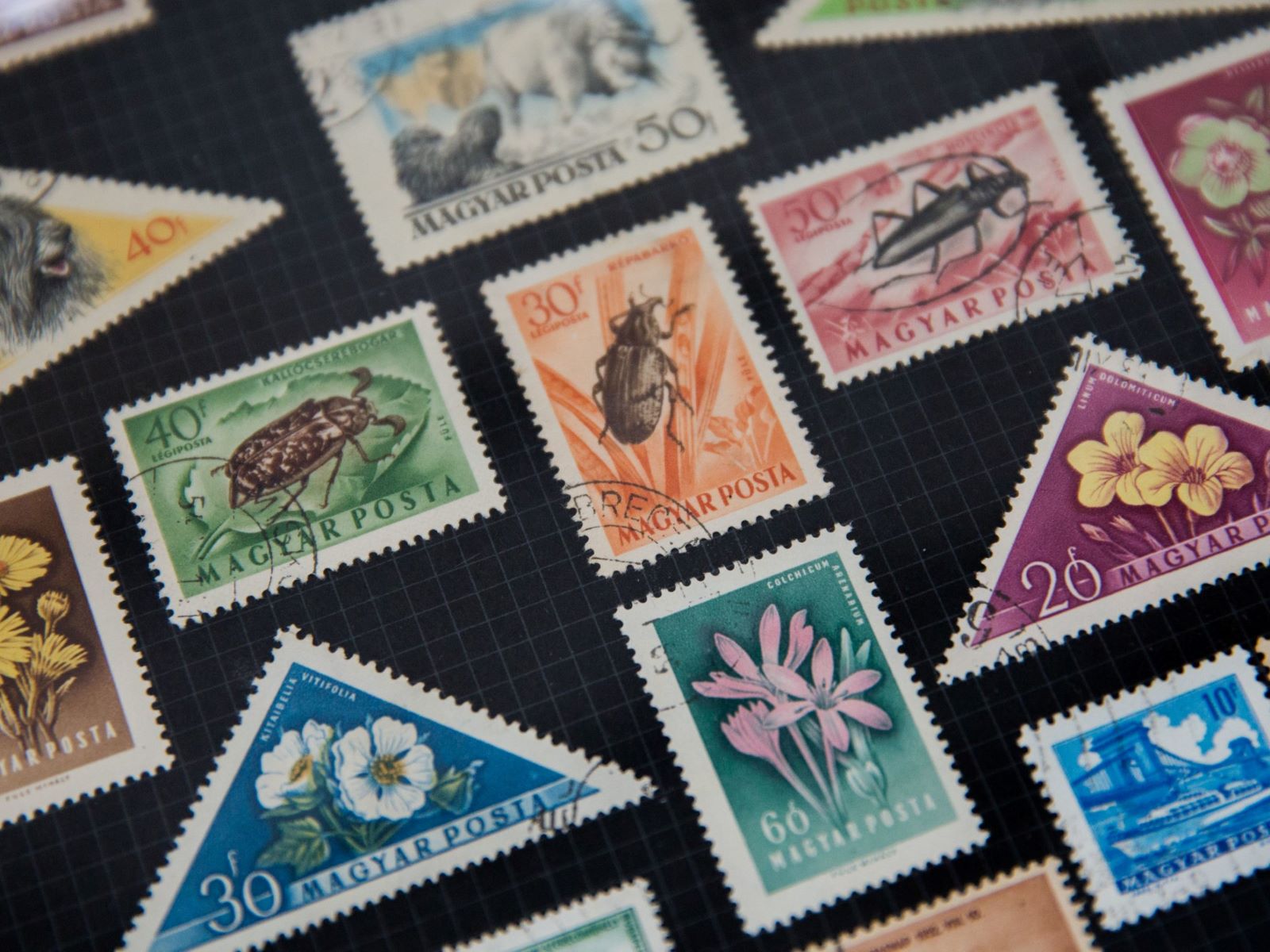

Articles
How To Store Stamp Collection
Modified: January 8, 2024
Looking for articles on how to store your stamp collection? Discover expert tips and techniques to keep your stamps safe and well-preserved.
(Many of the links in this article redirect to a specific reviewed product. Your purchase of these products through affiliate links helps to generate commission for Storables.com, at no extra cost. Learn more)
Introduction
Stamp collecting, also known as philately, is a popular hobby enjoyed by people of all ages and backgrounds. Whether you have just started your stamp collection or have been collecting for years, properly storing your stamp collection is crucial to preserving its value and longevity.
Stamps are delicate and vulnerable to damage from exposure to light, moisture, and improper handling. Therefore, implementing the right storage techniques will not only protect your stamps from physical harm but also maintain their overall condition. In this article, we will discuss the essential materials and methods needed to store your stamp collection effectively.
Why is Proper Storage Important?
The primary goal of storing stamp collections is to keep the stamps in a pristine condition. Storing them correctly will prevent common problems such as fading, discoloration, creasing, and damage from moisture, dust, or handling. Furthermore, proper storage will safeguard your stamps against potential accidents like spills or accidental tears.
Preserving the Value of Your Collection
If you are a serious stamp collector, you likely have stamps that hold significant value. Whether the value is sentimental or monetary, properly storing your collection will help maintain its worth over time. Stamps in excellent condition are highly sought-after by collectors and can fetch premium prices if you ever decide to sell or showcase them.
Getting Started: Materials Required
Before we delve into the specific storage methods, it is crucial to gather the necessary materials. Here are some essential supplies you will need:
-
Stamp Stockbooks: These are specialized albums or binders designed specifically for storing stamps. Stockbooks feature clear plastic display pages with pockets where you can place and organize your stamps.
-
Mounts: Mounts are transparent plastic pockets that hold individual stamps securely. They are available in various sizes to accommodate different stamp dimensions. Mounts protect stamps from direct contact with the album page, reducing the risk of damage.
-
Archival-Quality Stamp Albums: If you prefer a more traditional and visually appealing display method, consider investing in high-quality stamp albums. Look for albums made from acid-free paper and with archival-quality sleeves or mounts to prevent chemical reactions that can harm the stamps.
-
Stamp Tongs: Tongs are long, narrow tweezers specifically designed to handle stamps. They provide a safe and gentle way to pick up and move stamps without damaging them. Opt for tongs made of stainless steel, as they are less likely to leave residue or rust that could harm the stamps.
-
Stamp Drying Book or Drying Press: If you plan to soak and remove stamps from envelopes or paper, you will need a stamp drying book or drying press. These tools allow the stamps to dry flat and prevent distortion or wrinkling.
Now that you have assembled the necessary materials, let’s move on to sorting and organizing your stamp collection.
Key Takeaways:
- Proper storage, handling, and insurance are crucial for preserving and protecting your stamp collection. Use specialized materials, organize effectively, and consider insurance coverage to ensure the longevity and security of your valuable stamps.
- Climate control, careful handling, and insurance coverage are essential for maintaining the value and condition of your stamp collection. Choose the right materials, follow proper storage techniques, and consider specialized insurance to safeguard your valuable stamps.
Read more: How To Store Stamps
Materials Required
Properly storing your stamp collection requires the use of specific materials to ensure the longevity and preservation of your stamps. Here are the essential materials you will need:
Stamp Stockbooks: Stockbooks are specialized albums or binders designed for storing stamps. They are usually available in various sizes and feature clear plastic pages with pockets where you can place and organize your stamps. Stockbooks allow for easy viewing and provide protection against dust, moisture, and light.
Mounts: Mounts are transparent plastic pockets that hold individual stamps securely. They are available in different sizes to accommodate various stamp dimensions. Mounts act as a barrier between the stamps and the album page, preventing direct contact and reducing the risk of damage. Make sure to choose mounts that fit your stamps properly to avoid any bending or creasing.
Archival-Quality Stamp Albums: If you prefer a more traditional and visually appealing display method, consider investing in high-quality stamp albums. Look for albums made from acid-free paper and with archival-quality sleeves or mounts. Acid-free paper prevents chemical reactions that can damage stamps over time, while archival-quality sleeves provide additional protection. Choose albums with a sturdy binding to ensure durability.
Stamp Tongs: Stamp tongs are long, narrow tweezers specifically designed for handling stamps. They provide a safe and gentle way to pick up and move stamps without damaging them. Tongs are often made of stainless steel, ensuring that they do not leave any residue or rust that could harm the stamps. Avoid using regular tweezers or your fingers, as they can transfer oils and dirt to the stamps.
Stamp Drying Book or Drying Press: If you plan to remove stamps from envelopes or paper, you will need a stamp drying book or a drying press. These tools allow the stamps to dry flat, preventing distortion or wrinkling. Stamp drying books are designed with absorbent pages that quickly and safely dry the stamps without causing any potential damage.
Acid-Free Paper: It is essential to use acid-free paper when storing stamps, especially if you choose to use traditional stamp albums or display methods. Acid-free paper prevents chemical reactions that can cause stamps to deteriorate or discolor over time. Make sure to choose high-quality acid-free paper for mounting or interleaving between pages in your stamp albums.
Protective Sleeves: For added protection, use transparent protective sleeves to keep your stamps safe from dust, moisture, and potential handling damage. These sleeves can be used inside stockbooks, on individual pages in stamp albums, or to store loose stamps. Look for sleeves made from archival-quality materials that do not contain harmful chemicals.
Storage Boxes: To organize and store your stamp collection safely, consider investing in sturdy storage boxes. These boxes should be made from acid-free, lignin-free materials to ensure long-term preservation. Look for boxes with a tight-fitting lid to prevent dust, light, and moisture from reaching the stamps. Consider using dividers or index cards within the storage boxes to categorize your stamps by country, theme, or any other system that works for you.
Having these materials ready will set you up for success in storing your stamp collection. In the next section, we will explore the process of sorting and organizing your stamps.
Sorting and Organizing the Collection
Once you have gathered the necessary materials, the next step is to sort and organize your stamp collection. Sorting and organizing your stamps will not only make it easier for you to find specific stamps but also help maintain the overall condition and value of your collection. Here are some steps to follow:
-
Establish a Sorting System: Before diving into sorting, decide on a system that works for you. You can choose to sort by country, theme, year, or any other criteria that suits your collection. Having a consistent sorting system will make it easier to locate stamps and keep track of your collection in the long run.
-
Remove Stamps from Envelopes: If you have stamps that are still attached to envelopes or paper, carefully remove them using stamp tongs. Soak the stamps in room-temperature water to loosen the adhesive, and gently peel them off. Place the stamps on a stamp drying book or use a drying press to dry them flat.
-
Inspect and Sort Stamps: Once your stamps are dry, inspect them for any damage, such as tears, creases, or discoloration. Sort the stamps based on their condition, separating damaged stamps for potential repair or replacement. Additionally, sort the stamps according to your chosen sorting system, organizing them by country, theme, or any other criteria you have established.
-
Use Stockbooks or Stamp Albums: Depending on your preference, use either stockbooks or stamp albums to store your sorted and inspected stamps. Stockbooks are an excellent choice if you want a more flexible and customizable option, as they allow you to arrange and rearrange your stamps easily. Stamp albums, on the other hand, offer a more traditional and visually appealing presentation.
-
Meticulously Mount the Stamps: If you choose to use stockbooks or stamp albums, carefully mount the stamps onto the clear plastic pages or acid-free paper using mounts or hinges. Ensure that the stamps are securely mounted but not too tightly, as this can cause damage. Avoid touching the stamp surfaces directly with your fingers, as oils and dirt can transfer and affect their condition. Use stamp tongs to handle the stamps throughout the mounting process.
-
Label and Index: As you sort and arrange your stamps, consider labeling or indexing your stockbooks or stamp albums. This will help you quickly locate specific stamps or sections of your collection later on. You can use index tabs, labels, or a table of contents to keep track of your stamps and make browsing through your collection more efficient.
By following these steps and establishing a sorting and organizing system that works for you, you can maintain the condition and value of your stamp collection while also making it a more visually pleasing and accessible hobby.
In the next section, we will explore the different mounting options available for storing your stamps.
Mounting Options
When it comes to storing and displaying your stamp collection, choosing the right mounting option is essential. Mounts are transparent plastic pockets that securely hold individual stamps, protecting them from damage while allowing for easy viewing. Here are some commonly used mounting options:
-
Transparent Mounts: Transparent mounts are the most popular and widely used option for mounting stamps. These mounts are available in various sizes and are made from clear plastic, allowing the stamps to be fully visible. Transparent mounts offer excellent protection against dust, moisture, and handling damage while keeping the stamps securely in place.
-
Hinged Mounts: Hinged mounts consist of a clear plastic pocket with a hinge on one side. The hinge is lightly attached to the album page, allowing the stamp to be lifted and viewed without removing it from the mount. Hinged mounts are commonly used in traditional stamp albums and provide a classic presentation. However, they require caution during handling to prevent damage to the hinge or the stamp.
-
Showguard Mounts: Showguard mounts are a type of transparent mount that offers enhanced protection for valuable and sensitive stamps. Showguard mounts are made from archival-quality materials and feature a special adhesive that is safe for stamps. These mounts provide an airtight seal, preventing dust, moisture, and pollutants from reaching the stamps.
-
Perforated Mounts: Perforated mounts are similar to transparent mounts but come with perforations on one or more sides. These perforations allow for easy separation of the mounts, making it convenient to rearrange or reorganize stamps within an album. Perforated mounts are popular among collectors who frequently update or expand their stamp collections.
-
Self-Adhesive Mounts: Self-adhesive mounts, also known as peel-and-stick mounts, are a convenient option for mounting stamps without the need for additional adhesives. These mounts have an adhesive backing that allows stamps to be easily attached to album pages. Self-adhesive mounts are ideal for beginners or collectors who prefer a hassle-free mounting process.
When choosing the mounting option for your stamp collection, consider factors such as the value and sensitivity of your stamps, the desired presentation style, and your personal preferences. It is important to select mounts that are archival-quality and free from harmful chemicals that could damage the stamps over time.
Remember to handle stamps with care when mounting them, using stamp tongs and ensuring clean and dry hands to avoid transferring oils or dirt onto the stamps. Properly mounted stamps will not only be well protected but also beautifully displayed, enhancing your overall stamp collecting experience.
In the next section, we will discuss the importance of using proper storage containers for your stamp collection.
Proper Storage Containers
Choosing the right storage containers for your stamp collection is crucial for maintaining their condition and protecting them from potential damage. Here are some recommendations for proper storage containers:
-
Albums with Slipcases: One of the most popular and effective storage options for stamp collections is using albums with slipcases. These albums usually have acid-free pages and archival-quality mounts or clear plastic pockets to safely hold and display your stamps. Slipcases provide an additional layer of protection, shielding the albums from dust, light, and potential moisture.
-
Storage Boxes: Utilizing storage boxes is an excellent way to keep your stamp collection organized and protected. Opt for storage boxes that are made from acid-free and lignin-free materials to prevent chemical reactions that could harm the stamps. The boxes should have a secure, tight-fitting lid to shield the stamps from dust, light, and humidity.
-
Plastic Sleeves: For loose stamps or those awaiting placement in albums, plastic sleeves can be a practical storage option. Ensure that the sleeves are made from archival-quality materials that do not contain harmful chemicals. Label the plastic sleeves with relevant information to maintain organization and easy retrieval of stamps.
-
Accordion Files: Accordion files are a convenient and portable storage solution for stamps. These files have multiple compartments where you can categorize and organize your stamps. Look for accordion files with acid-free and archival-quality sleeves or pockets to protect the stamps from damage.
-
Individual Glassine Envelopes: Glassine envelopes are transparent, acid-free envelopes commonly used for storing individual stamps. These envelopes provide a protective barrier against dust, light, and moisture while allowing you to easily view the stamps. Label the envelopes with relevant information to maintain organization and identification of stamps.
When choosing storage containers, it is essential to consider factors such as the size of your stamp collection, your preferred organization method, and the level of protection required. Remember to avoid using containers made from materials that can leach harmful substances or cause chemical reactions that could damage your stamps.
Properly storing your stamp collection in appropriate containers not only protects the stamps themselves but also helps maintain their value and allows for easy access and organization. In the next section, we will discuss important climate and environmental considerations for storing stamps.
Store your stamp collection in a cool, dry place away from direct sunlight to prevent fading and damage. Use acid-free albums or sleeves to protect the stamps from moisture and dust.
Read more: How To Store Clear Stamps
Climate and Environmental Considerations
Creating a favorable climate and environment for your stamp collection is crucial for their long-term preservation. Here are some important climate and environmental considerations to keep in mind:
-
Temperature: Stamps are sensitive to extreme temperatures, so it is important to store them in a cool, stable environment. Avoid areas that experience high heat or rapid temperature fluctuations, such as attics or basements, as these can accelerate the degradation of stamps. Aim for a consistent temperature between 18°C and 22°C (64°F and 72°F).
-
Relative Humidity (RH): Stamps are also susceptible to moisture-related damage. Maintain a relative humidity level between 40% and 50% to prevent the growth of mold, mildew, and the development of foxing (brown spots). High humidity can cause stamps to stick together or absorb moisture, while low humidity can lead to the drying out and cracking of stamps.
-
Light Exposure: Stamps should be protected from excessive exposure to light, especially direct sunlight. Ultraviolet (UV) rays can damage stamps, causing fading and discoloration. Store your stamps in a dimly lit area or use UV-blocking filters on windows if storing them near natural light sources.
-
Air Circulation: Proper air circulation is important to prevent the buildup of moisture and the growth of mold and mildew. Allow for some air circulation in the storage area by avoiding tightly sealed containers. However, be cautious of excessive airflow or drafts that can lead to accelerated drying of stamps.
-
Chemical Exposure: Keep your stamps away from chemicals, including cleaning solutions, solvents, and certain types of adhesives. Chemical exposure can cause discoloration, fading, or damage to the stamp paper. Store stamps in a location free from strong chemical odors or fumes.
-
Pest Control: Protect your stamp collection from potential pest infestations, such as insects or rodents. Use pest control methods to ensure that the storage area is pest-free. Avoid storing stamps near food or areas prone to pest activity.
By considering these climate and environmental factors, you can create an optimal storage environment that will help preserve the integrity and value of your stamp collection for years to come.
In the next section, we will provide some handling and maintenance tips to further protect your stamps.
Handling and Maintenance Tips
Proper handling and maintenance are essential to protect your stamp collection from damage and ensure its long-term preservation. Here are some tips to follow:
-
Use Stamp Tongs: When handling stamps, always use stamp tongs instead of your fingers. Stamp tongs provide a safe and gentle way to pick up and move stamps without causing damage. Choose stamp tongs that are made of clean stainless steel to prevent oil or rust transfer to the stamps.
-
Handle Stamps with Clean Hands: Before handling stamps, make sure your hands are clean and dry. Oils, dirt, and moisture from your fingers can transfer to the stamps and potentially damage them. Avoid touching the front surface of the stamps to prevent smudging or smearing of the ink.
-
Avoid Excessive Handling: Limit the handling of your stamps to minimize the risk of damage. Excessive handling can lead to bends, creases, and wear on the stamps. Only handle the stamps when necessary, and be careful not to apply excessive pressure.
-
Store Valuable Stamps Separately: If you have valuable or rare stamps in your collection, consider storing them separately or in specialized protective sleeves. This extra layer of protection will help prevent accidental damage and protect their value.
-
Keep Stamps Clean: Regularly inspect your stamps for any signs of dirt, dust, or debris. If you notice any, use a soft, clean brush or compressed air to gently remove the particles. Avoid wet cleaning methods unless necessary, and only use specialized stamp cleaning products when instructed.
-
Avoid Licking Stamps: It may be tempting to lick stamps to adhere them to envelopes or paper, but saliva can potentially damage stamps over time. Instead, use a damp sponge or a specialized envelope moistener to moisten the adhesive on the stamps.
-
Protect Against Environmental Factors: Maintain the recommended temperature, humidity, and light conditions in your storage area to prevent damage to the stamps. Proper storage containers, as discussed earlier, play an important role in protecting stamps against environmental factors.
By following these handling and maintenance tips, you can ensure the longevity and preservation of your stamp collection. Treat your stamps with care and attention to detail, and they will continue to bring you joy and maintain their value for years to come.
In the final section, we will discuss insurance and protection for your stamp collection.
Insurance and Protection
Protecting your stamp collection goes beyond proper storage and handling. It is also important to consider insurance coverage to safeguard your collection against unforeseen events. Here are some steps to ensure the protection of your stamp collection:
-
Evaluate Existing Insurance Coverage: Review your homeowner’s or renter’s insurance policy to determine if your stamp collection is covered. Some policies may provide limited coverage for collectibles, including stamps, but it is essential to check if the coverage is sufficient to protect the value of your collection.
-
Obtain Valuation and Appraisal: To accurately assess the value of your stamp collection, consider obtaining a professional valuation or appraisal. This documentation is useful for insurance purposes and can serve as proof of the collection’s worth in case of loss or damage.
-
Specialized Insurance: If your stamp collection holds significant value, you may want to consider obtaining specialized insurance coverage specifically tailored to protect collectibles. Contact insurance providers that offer coverage for valuable collections and inquire about their policies and coverage limits.
-
Document Your Collection: Keep a detailed inventory of your stamp collection, including descriptions, photographs, and any relevant documentation. This inventory will be invaluable if you ever need to file an insurance claim due to loss, theft, or damage.
-
Security Measures: Take appropriate security measures to protect your stamp collection. This can include installing a security system, using locked cabinets or safes for storage, and considering a monitored protection service if your collection is of substantial value.
-
Regularly Update Insurance Coverage: As your stamp collection grows or changes in value, make sure to update your insurance coverage accordingly. Keep your insurance provider informed of any significant additions or changes to your collection to ensure adequate coverage.
-
Keep Copies of Important Documents: Maintain copies of your insurance policies, appraisals, inventories, and any other relevant documents in a safe and separate location from your collection. This will ensure that you have access to necessary information in the event of a claim or emergency.
Protecting your stamp collection with proper insurance coverage provides peace of mind and financial security. Take the necessary steps to safeguard your collection and be proactive in reviewing and updating your insurance coverage as needed.
By following these insurance and protection measures, you can mitigate risk and enjoy your stamp collection knowing that it is well-covered and protected.
Conclusion
Preserving and protecting your stamp collection is essential to maintain its value, longevity, and enjoyment. By following the proper storage techniques, handling and maintenance tips, and considering insurance and protection measures, you can ensure the preservation and security of your stamp collection for years to come.
Start by gathering the necessary materials, such as stamp stockbooks, mounts, archival-quality stamp albums, stamp tongs, and stamp drying books. These materials will allow you to store and display your stamps in a safe and organized manner.
Sort and organize your stamp collection based on a consistent system that works for you. Remove stamps from envelopes carefully using stamp tongs and inspect and sort them based on condition and chosen criteria. Use stockbooks or stamp albums to mount your stamps securely, ensuring proper spacing and protection.
Choose the right mounting option for your stamps, whether it’s transparent mounts, hinged mounts, perforated mounts, or self-adhesive mounts. Consider the value and sensitivity of your stamps, desired presentation style, and ease of use when making your selection.
Select appropriate storage containers such as albums with slipcases, storage boxes, plastic sleeves, or individual glassine envelopes. Ensure that the containers are made from acid-free, lignin-free materials to prevent chemical reactions that could harm the stamps. Maintain a stable climate and environment by controlling temperature, relative humidity, light exposure, air circulation, and minimizing chemical exposure and pest infestations.
Handle your stamps with care, using stamp tongs and clean hands, and avoid excessive handling. Keep your stamps clean by regularly inspecting them and removing any dirt or debris, using gentle cleaning methods when necessary. Avoid licking stamps and protect them against environmental factors.
Consider obtaining insurance coverage for your stamp collection to protect against potential loss, theft, or damage. Evaluate your existing insurance coverage, obtain valuations and appraisals, and keep a detailed inventory of your collection. Implement security measures and regularly update your insurance coverage as needed.
In conclusion, with the right materials, proper storage, careful handling, and the necessary protection measures, you can ensure the long-term preservation and enjoyment of your stamp collection. Take pride in your collection and continue to pursue your passion for stamp collecting, knowing that your stamps are well-cared for and protected.
Frequently Asked Questions about How To Store Stamp Collection
Was this page helpful?
At Storables.com, we guarantee accurate and reliable information. Our content, validated by Expert Board Contributors, is crafted following stringent Editorial Policies. We're committed to providing you with well-researched, expert-backed insights for all your informational needs.
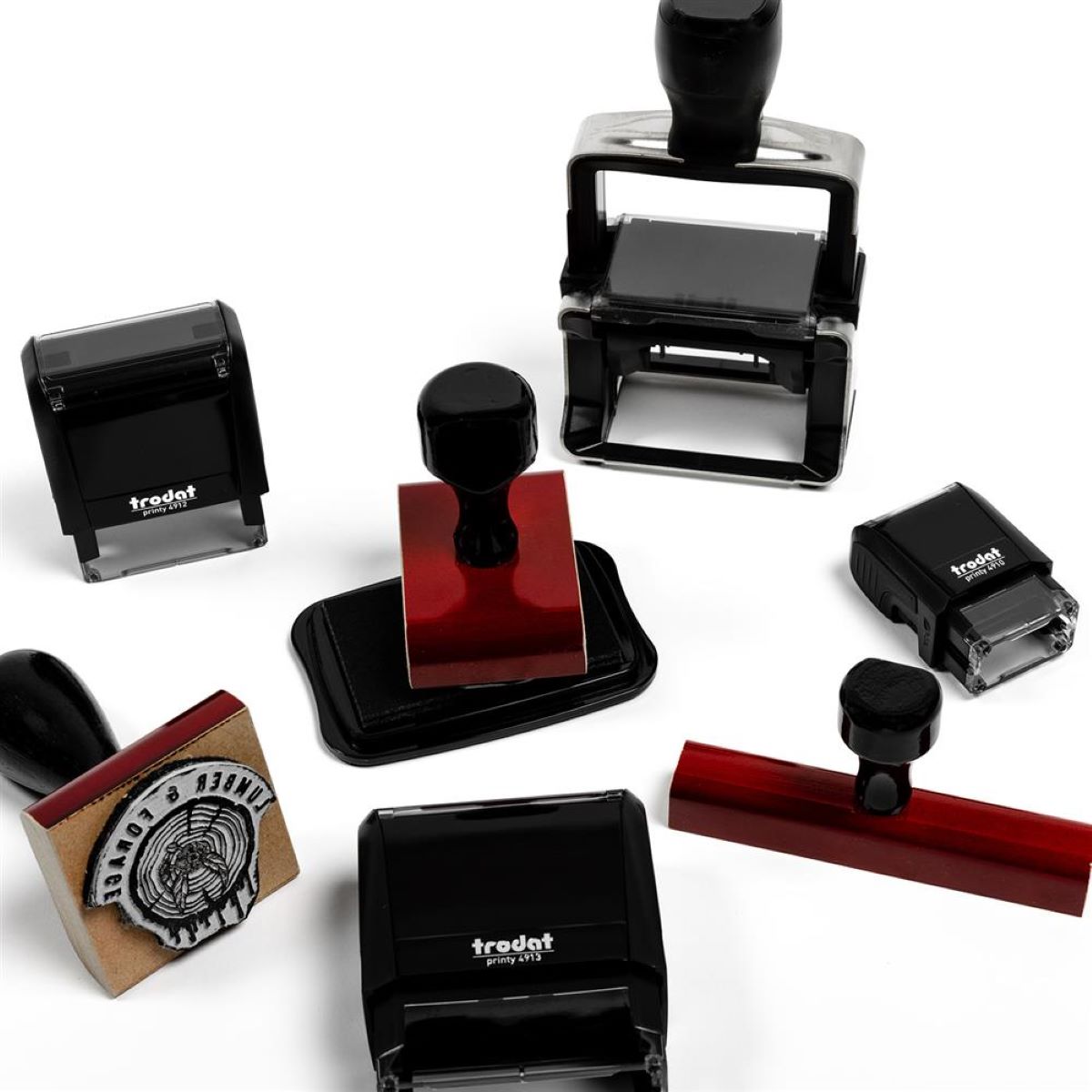
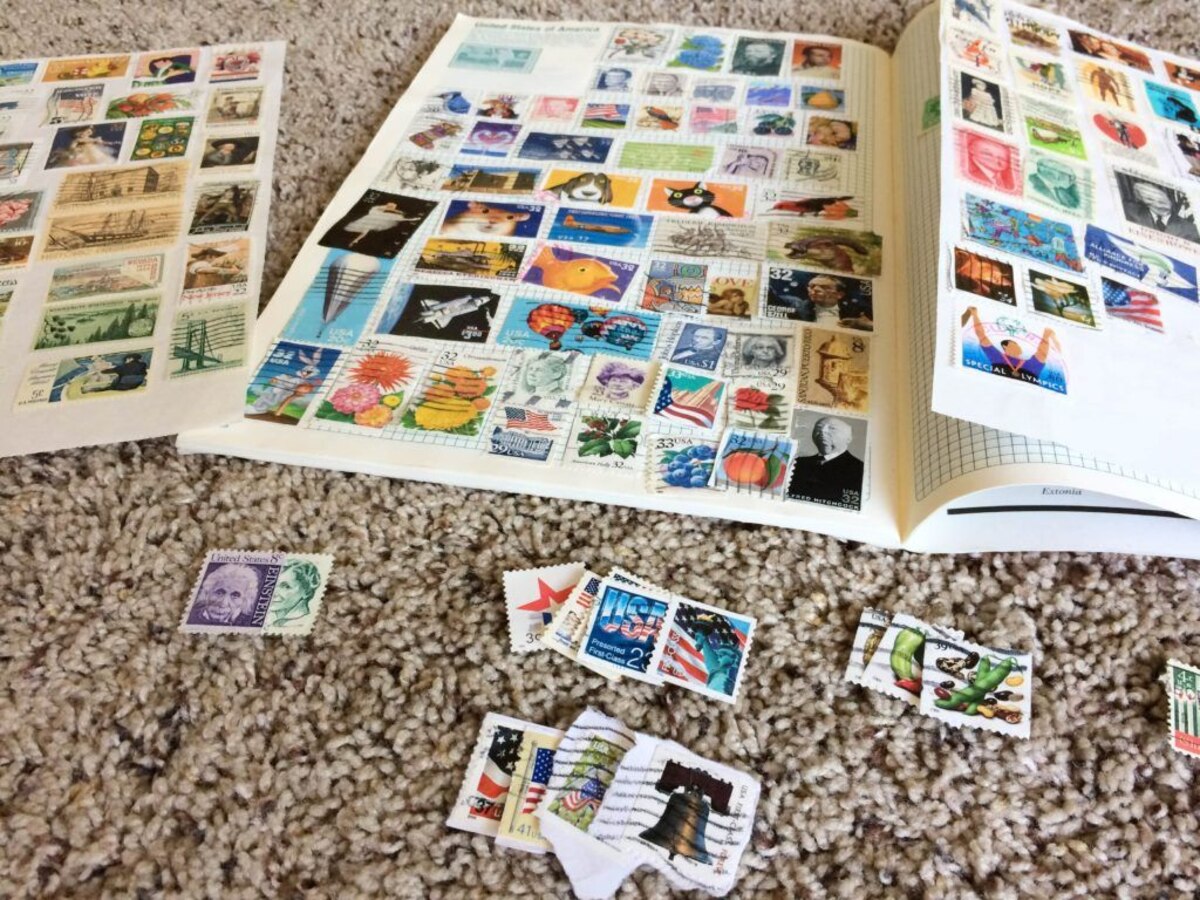

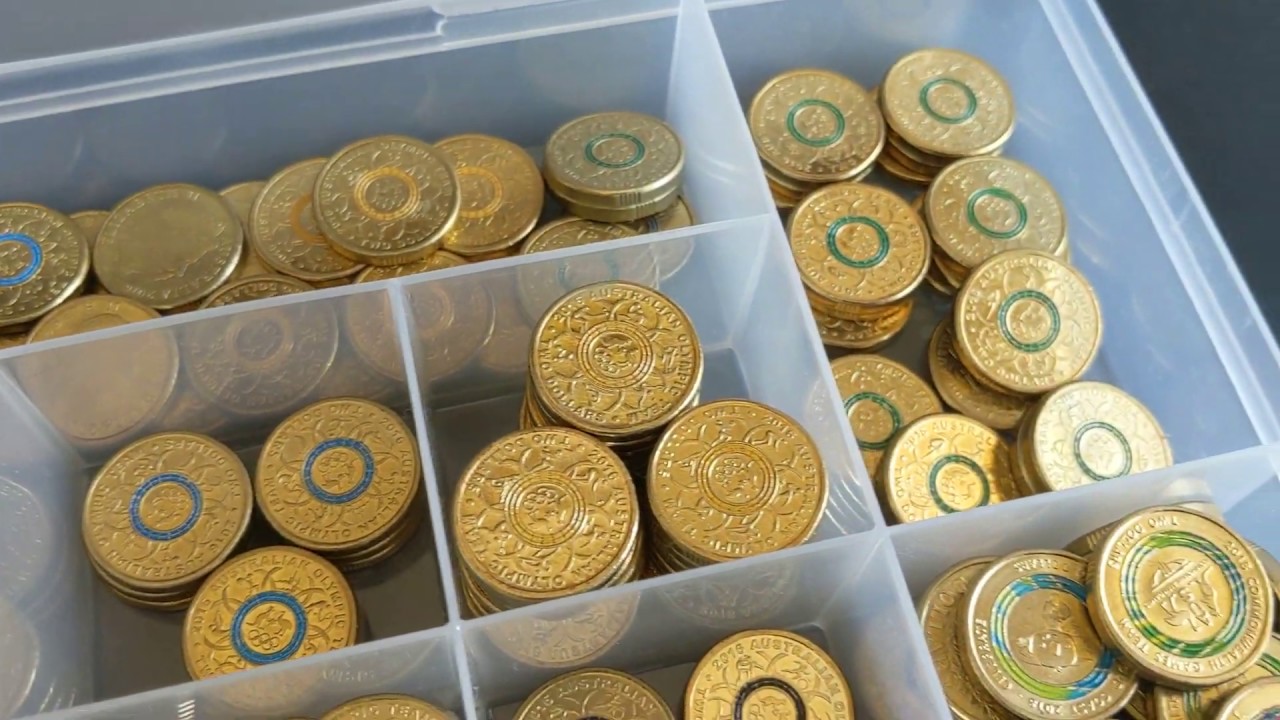





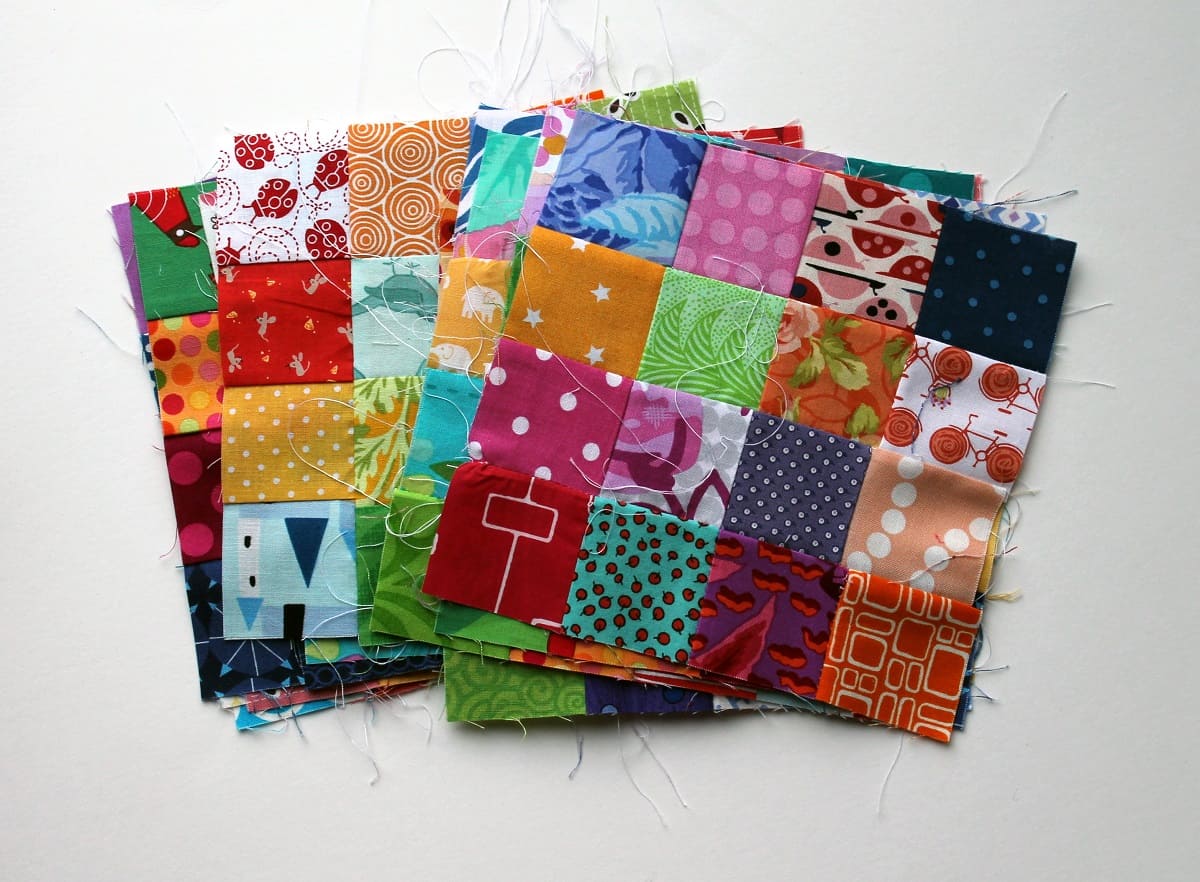


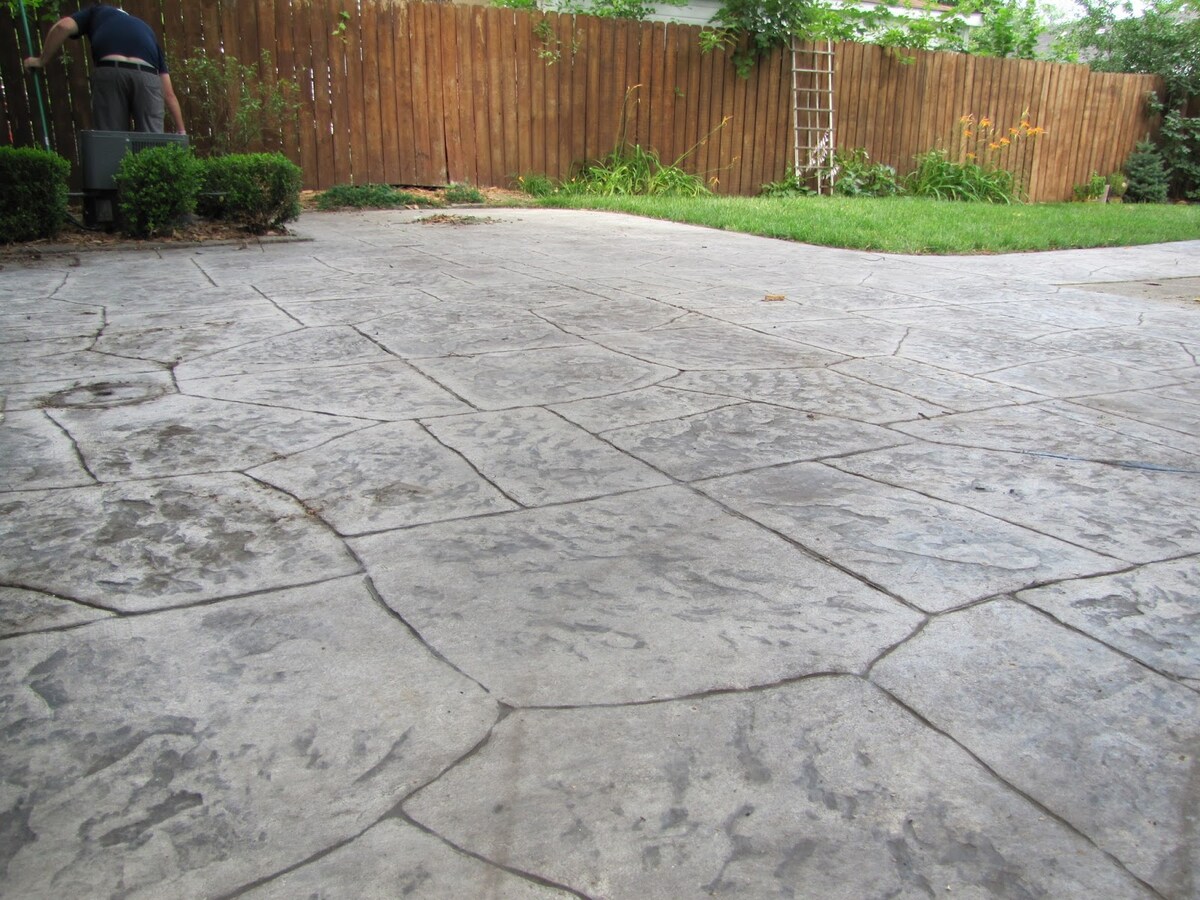
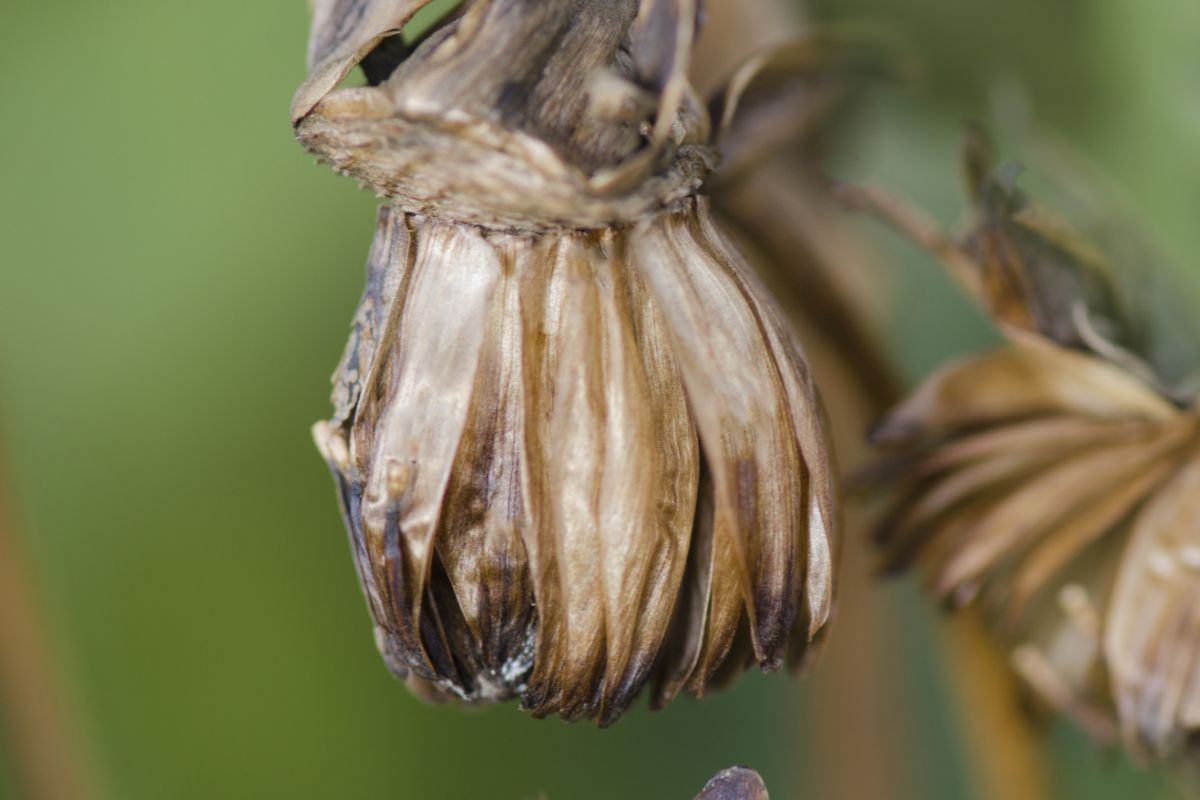

0 thoughts on “How To Store Stamp Collection”